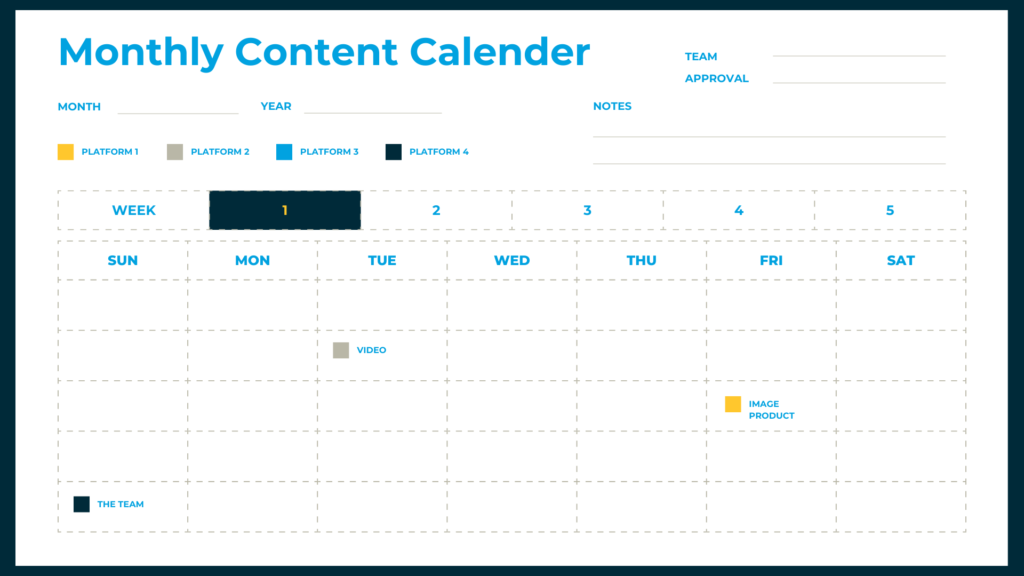Strategy of Defining Your Target Audience
The foundation of any successful social media strategy is a clear understanding of your target audience. Knowing who you want to reach helps tailor your content and messaging to their interests and needs. Start by asking yourself the following questions:
- Who are my current customers?
- What are their demographics (age, gender, location, etc.)?
- What are their interests and pain points?
- Which social media platforms do they use most frequently?
Creating buyer personas—detailed profiles of your ideal customers—can help you visualize and understand your audience better.
Choosing the Right Platforms for Your Business
Not all social media platforms are created equal, and not every platform will be the right fit for your business. Focus on the platforms where your target audience is most active. Here’s a quick guide to help you decide:
- Facebook: Great for broad audiences and businesses that want to share a variety of content types.
- Instagram: Ideal for visually-oriented businesses like fashion, food, travel, and design.
- Twitter: Best for real-time engagement, news updates, and customer service.
- LinkedIn: Perfect for B2B businesses and professional networking.
- Pinterest: Excellent for businesses in lifestyle, DIY, fashion, and home decor.
Developing a Content Calendar
Consistency is key to maintaining an effective social media presence. A content calendar helps you plan and organize your posts in advance, ensuring you always have fresh content ready to go. Here’s how to create one:
- Set Your Posting Frequency: Determine how often you will post on each platform. Consistency matters more than frequency—it’s better to post regularly three times a week than sporadically every day.
- Plan Your Content Types: Mix up your content to keep your audience engaged. Include a variety of posts such as product updates, behind-the-scenes looks, user-generated content, tips and advice, and promotional offers.
- Use Themes and Campaigns: Plan content around specific themes or campaigns to keep your messaging cohesive and relevant. For example, you could have a weekly “Tip Tuesday” or run a month-long campaign for a new product launch.
- Schedule Your Posts: Use social media management tools like Hootsuite, Buffer, or Later to schedule your posts in advance. This ensures your content goes live at the optimal times for your audience.
Examples of Content Calendar Layouts
Here’s a simple content calendar template to get you started:

By defining your target audience, choosing the right platforms, and developing a content calendar, you’ll create a solid foundation for your social media strategy, ensuring your efforts are organized, targeted, and effective.
Need Help with Your Strategy?
If all of this seems really overwhelming… or even if you just need another set of eyes to look over your social media strategy, schedule a free business coaching appointment today! We would love to help you think through and come up with an awesome social media strategy for your business.


